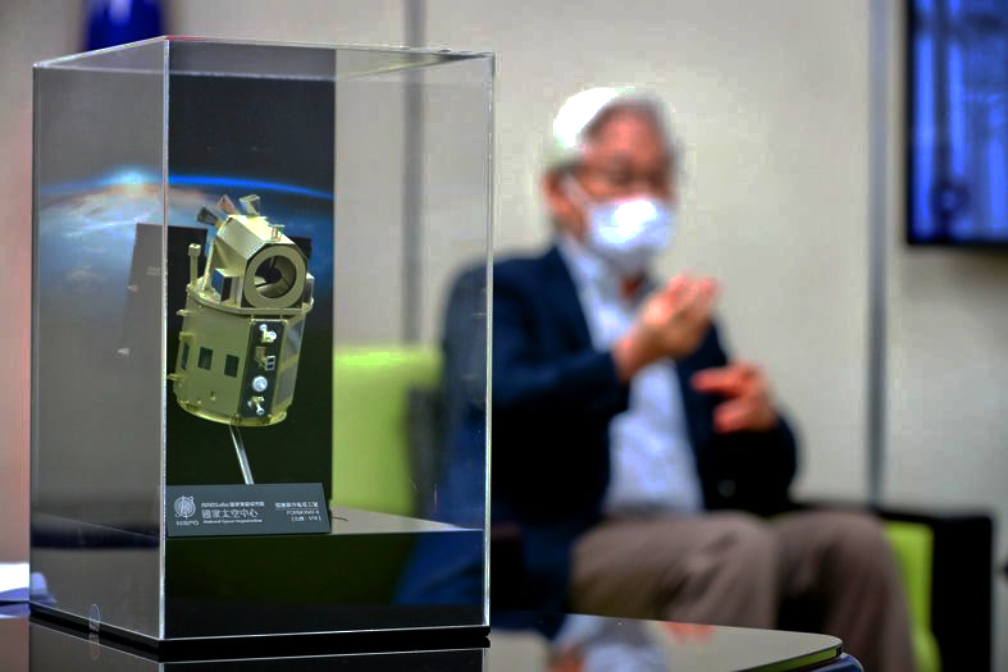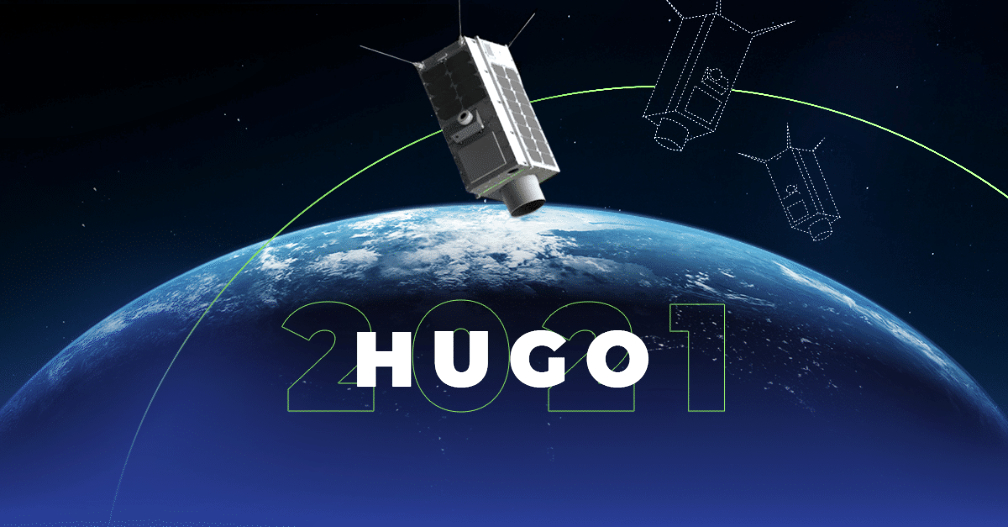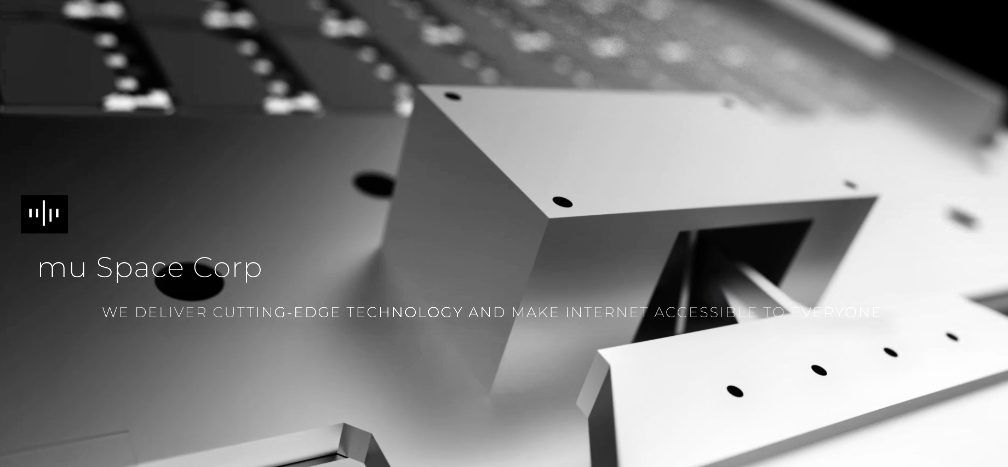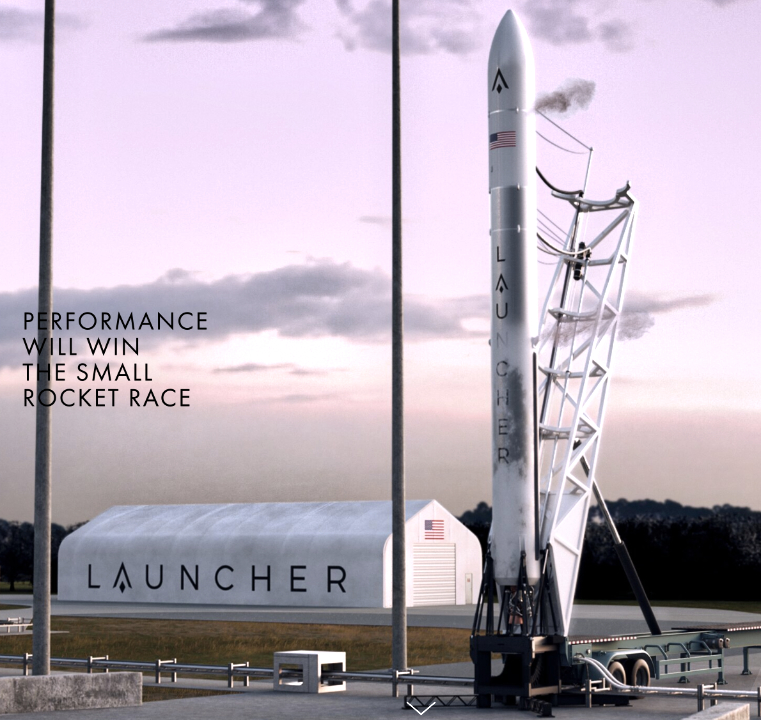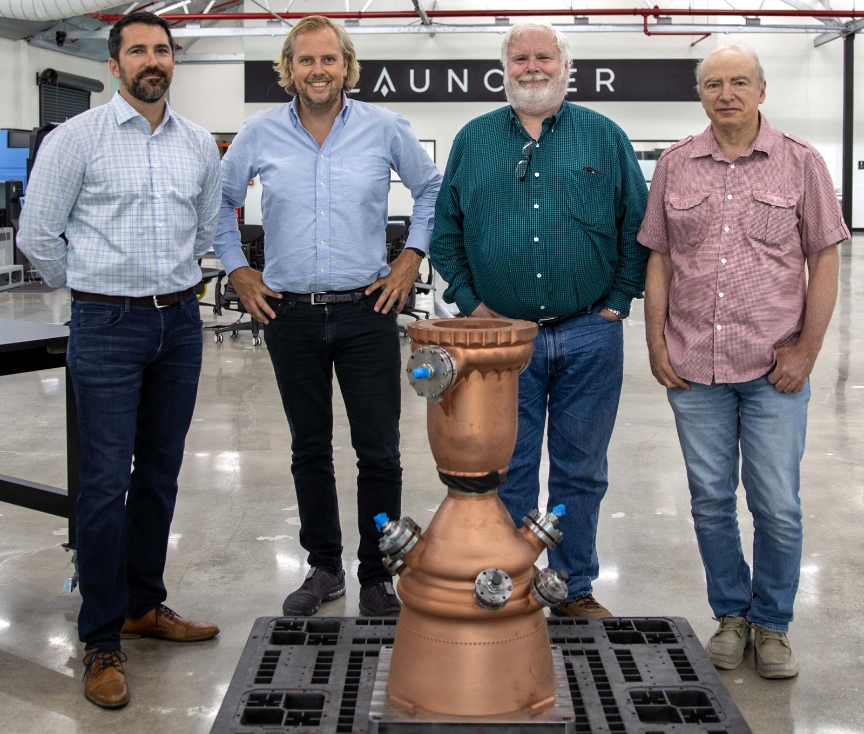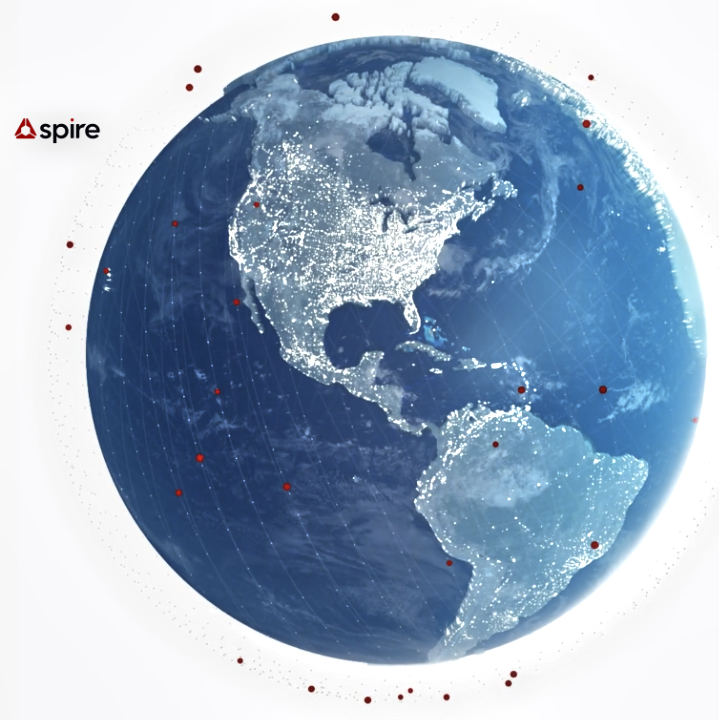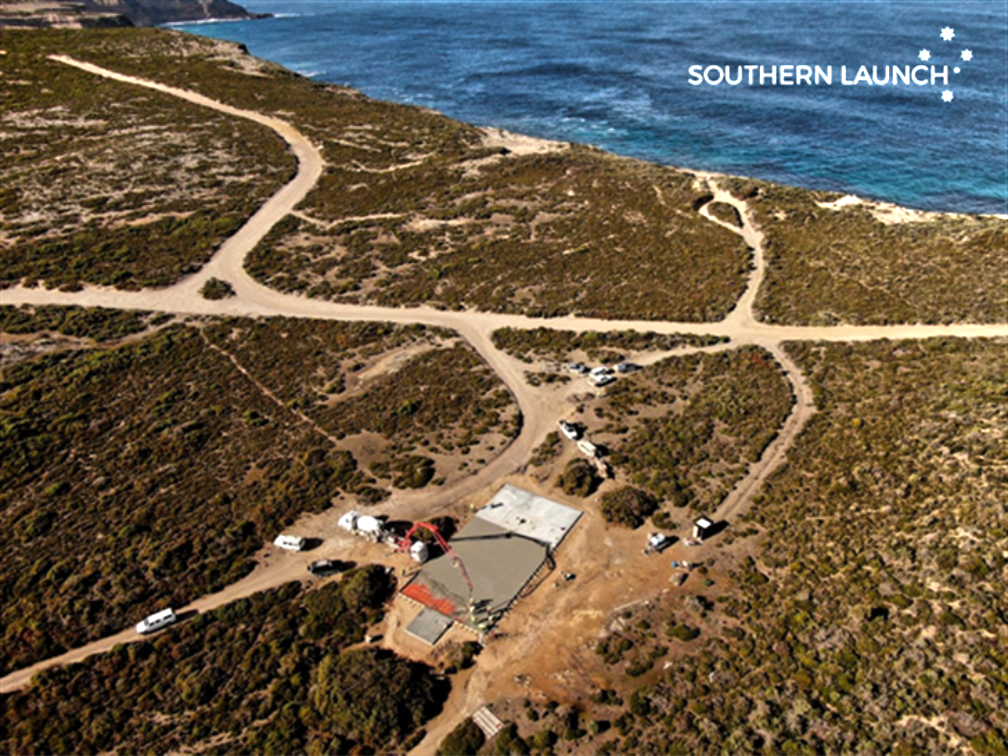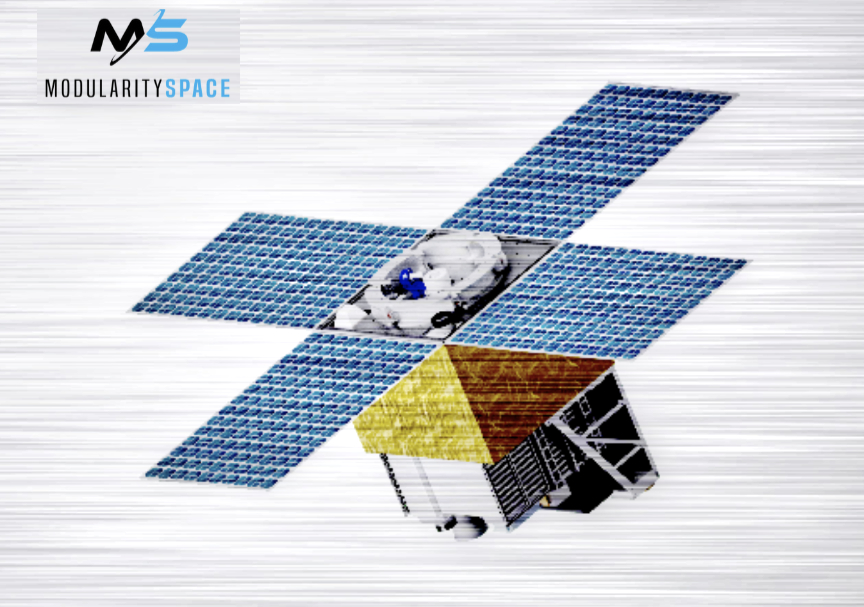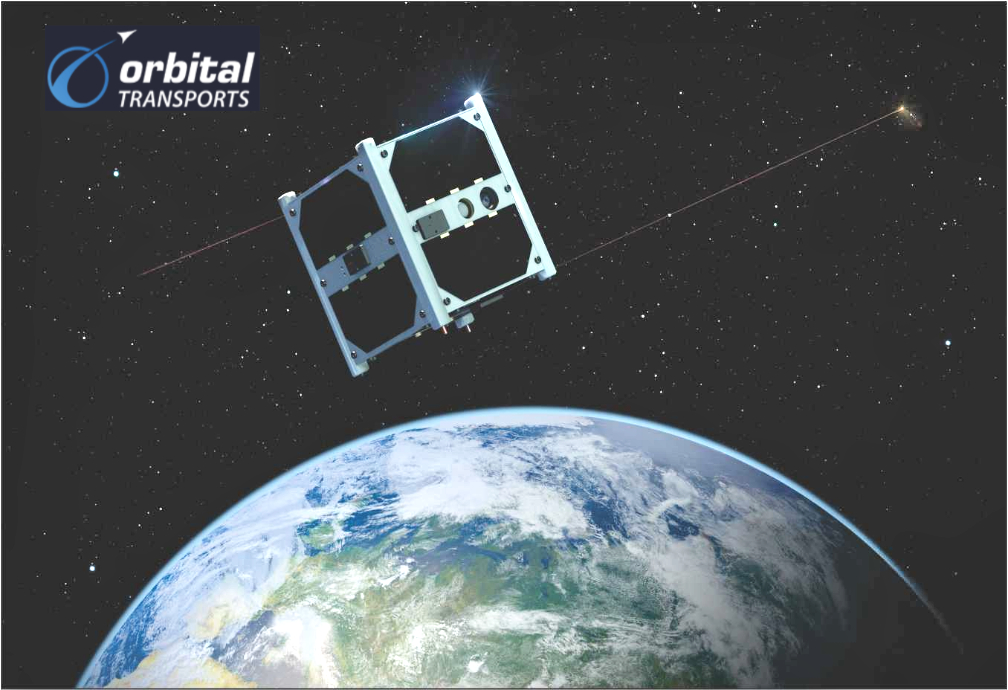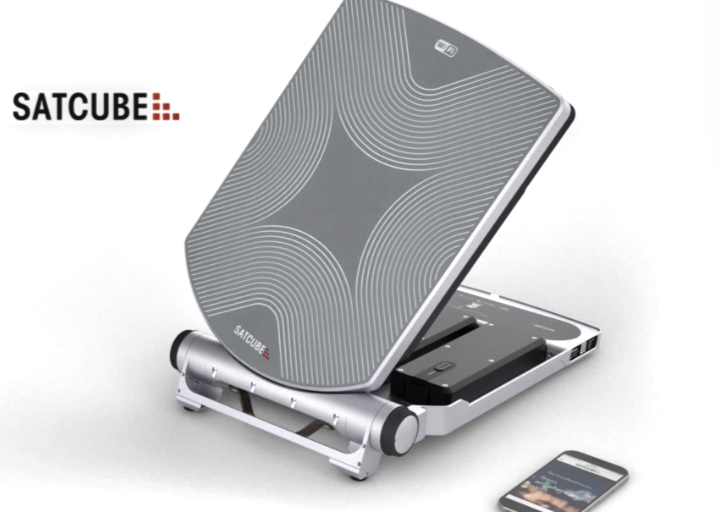
Oriental Consultants Global Co., Ltd. and Synspective Inc. have signed a Memorandum of Understanding (MOU) for a Strategic Alliance to promote the use of satellite data in the field of transportation and traffic infrastructure in Southeast Asia, South Asia, and Africa.

Due to the coronavirus and the increasing frequency and intensity of natural disasters, the overseas infrastructure environment is changing and new countermeasures are required. In this strategic alliance, OC Global and Synspective will work jointly on the implementation of monitoring technology using Synthetic Aperture Radar (SAR) satellite1 data in the fields of “disaster prevention and mitigation,” “construction management,” “inspection,” and “operation and maintenance (O&M)” as part of OC Global’s large-scale infrastructure projects. The aim is to contribute to the achievement of the United Nations Sustainable Development Goals (SDGs) by providing space-based technologies to address global challenges.

Synspective develops and operates its own small SAR satellites and also provides satellite data solutions. The core technology of SAR was developed by the ImPACT program, led by the Japanese Cabinet Office. Synspective aims to build a constellation2 of 30 satellites by the late 2020s, making it possible to observe any disaster in any part of the world within two hours.
For OC Global, it is important to measure the land subsidence and displacement of surrounding structures during the construction and operation of transportation infrastructure projects we conduct around the world, such as roads, railroads, ports, and airports. If the land subsidence and displacement of surrounding structures can be measured and analyzed extensively and quickly using Synspective’s satellite data, it will be very beneficial in terms of safety and in reducing the initial and lifecycle costs of infrastructure development. It will also make it possible to realize the development of strong and sustainable urban infrastructure systems.
1 Synthetic Aperture Radar (SAR) satellite: A satellite that uses microwaves to observe the shape of terrain and structures, allowing it to penetrate clouds and observe the earth day and night.
2 Satellite constellation: A state in which a large number of satellites are operated in coordination and cooperation with each other.

